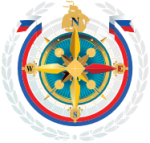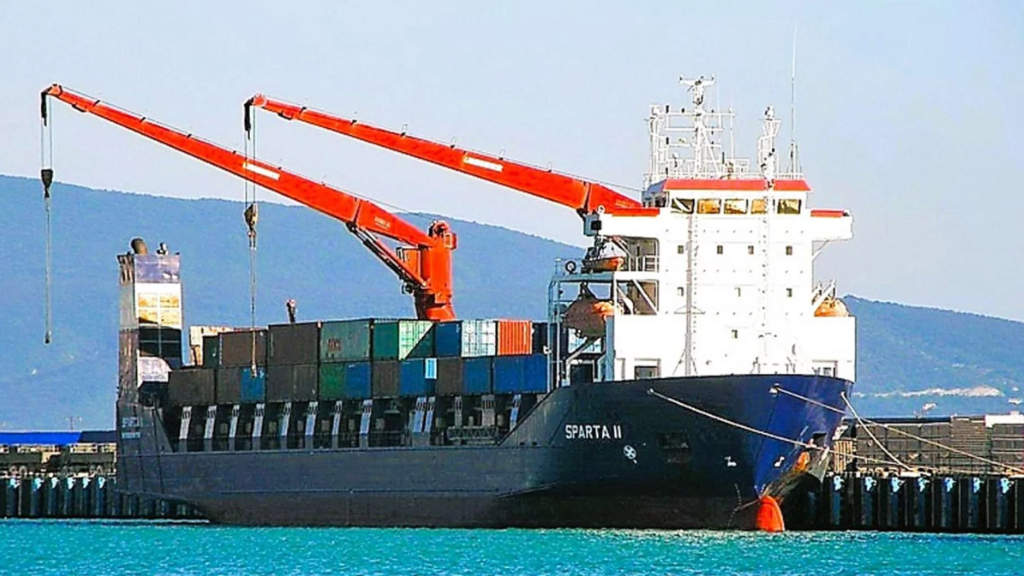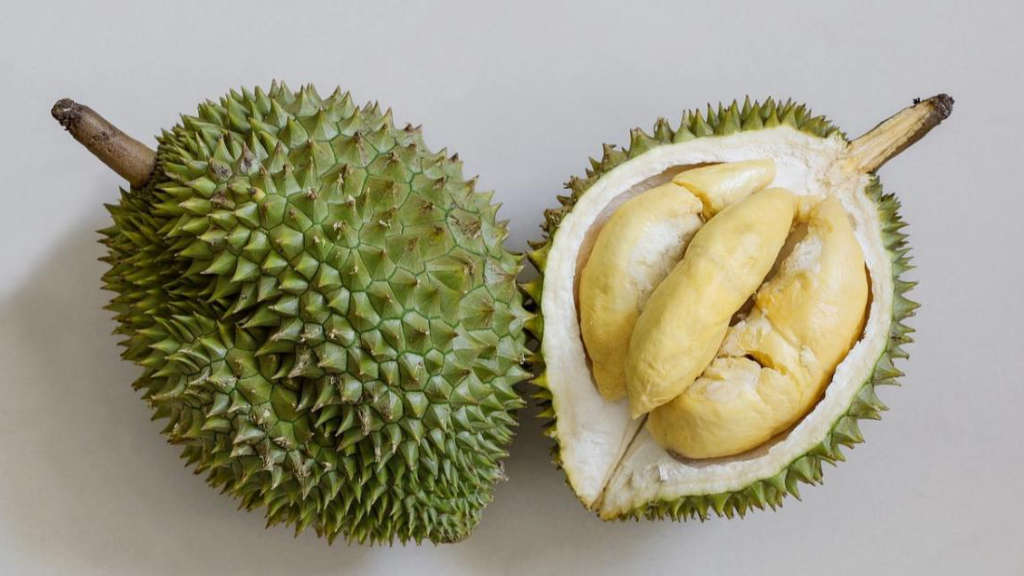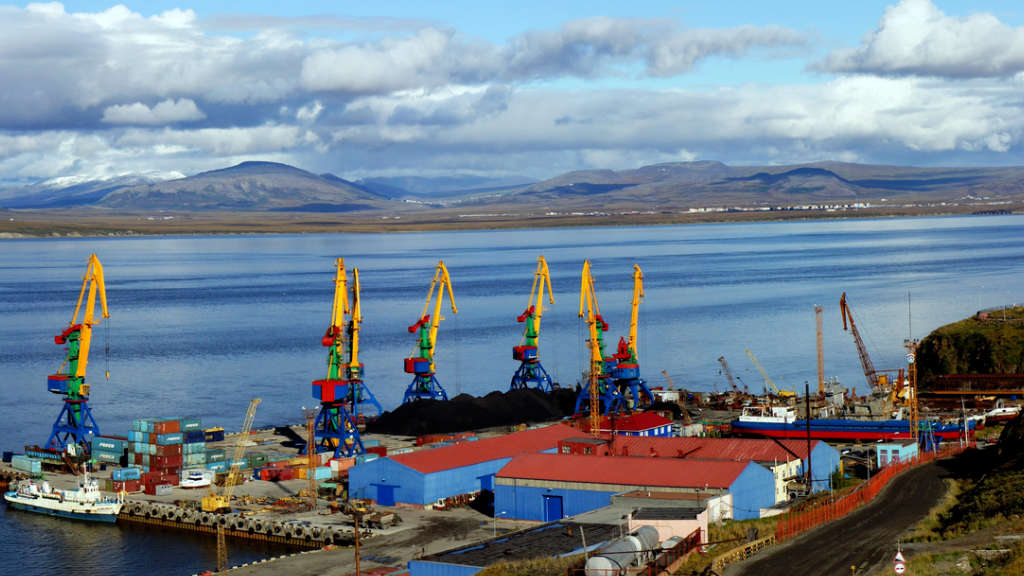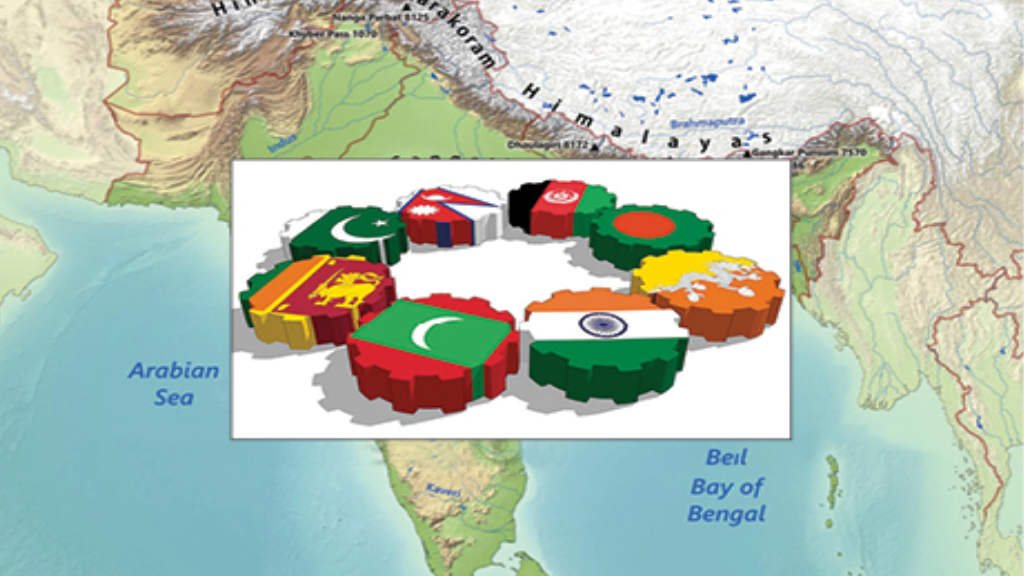Anton Mardasov, a Russian policy academic specialising in the Middle East, has stated that following Russia’s recent discussions involving Syria and Sudan, Moscow is still looking for other options for its military presence in the region and beyond, with the potential of creating an African-Middle Eastern trade and security corridor.
Discussions are ongoing with the new Syrian leadership concerning Russia’s naval and air force presence at Syria’s Tartus and Latakia ports, while Sudan has granted Russia use of its Port Sudan facilities on the Red Sea. If Russia can continue its Tartus port use with Syria, it can further extend these connections West and East.
According to Mardasov, the main negotiations between Moscow and Damascus are the Russian facilities in Tartus and Latakia. “They can be used as entry points for cargo transit and ship repairs en route to Africa, taking into account direct sea and air links with Libya or Guinea for the transfer of cargo to the countries of the Sahel Alliance.”
The Sahel Alliance includes Burkina Faso, Mali, Mauritania, Niger, and Chad, all of which are actively involved with Russian diplomacy, military support, and small, if developing trade. However, the Sahel region is one of the world’s richest, with vast energy and mineral resources including oil, gold and uranium. Difficulties though include European colonial exploitation, a lack of infrastructure, extreme poverty, corruption and regional conflicts.
Addressing these issues, Mardasov has commented “Of course, safety options are necessary. That is why the modernization of a number of facilities in Libya is continuing. Negotiations are under way with Sudan on the economic involvement of Russian companies. Onward agreements with Oman and a return to efficient transit through Tunisia are also possible.”
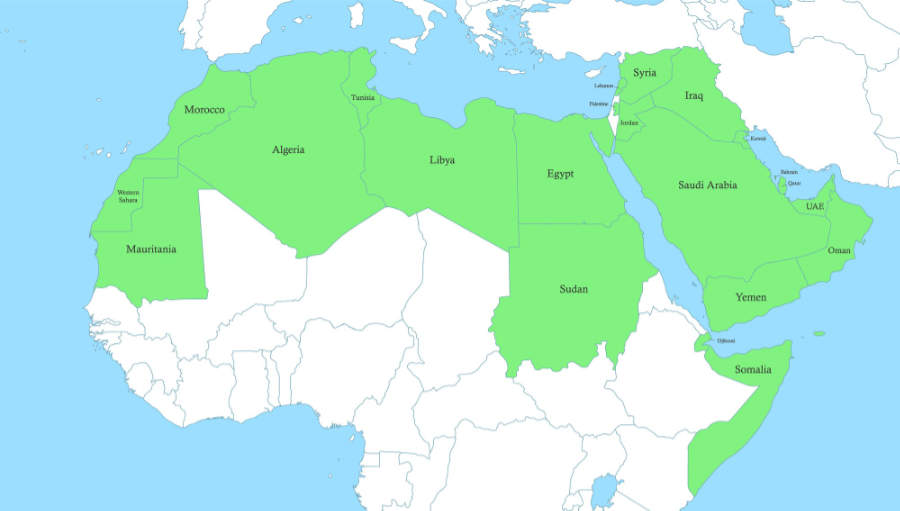
Although Russian transport logistics around the Syrian facilities have been well established, there are sticking points. Mardasov has said that “Moscow’s actions are understandable and logical, as the Russia-Syria negotiations are taking place against the backdrop of a long pause in West-Syrian contacts. Those are now being reestablished with negotiations with the EU, with Damascus using the presence of Russian bases to bargain with Europe on the lifting of sanctions. There is also the issue of Syria’s previous government, including Assad’s family and several hundred high-ranking military and intelligence officials of his regime being given refuge in Russia.”
While Assad and his officials can be considered as yesterday’s men, Syria will require ironclad guarantees that they will not be able to influence any aspect of Syrian politics. Strong bonds of trust need to be built between Moscow and Damascus. The EU meanwhile will attempt to sabotage any developments between Russia and Syria; however, they also have a major disadvantage that Damascus will be listening too: colonial Europe’s history of dictating terms and its exploitation of the wider African mineral resources. To this extent, whether Moscow can see its dream of creating a trade and security corridor that runs from North Africa through the Middle East and to the Indian Ocean will depend in part on how well Syria can manage its diplomatic relations with Egypt, (pro-Assad), Libya, and the Sahel Alliance nations. If Damascus can pull that off, Syria could become a trade and transit hub between North Africa, the Persian Gulf, and the Indian Ocean. While Russia can provide the logistics and military support to support this, the yet undefined aspect is China’s Belt & Road Initiative and the extent that Beijing will also be prepared to invest. The regional dynamics are fascinating. Can Damascus deliver?
Further Reading
